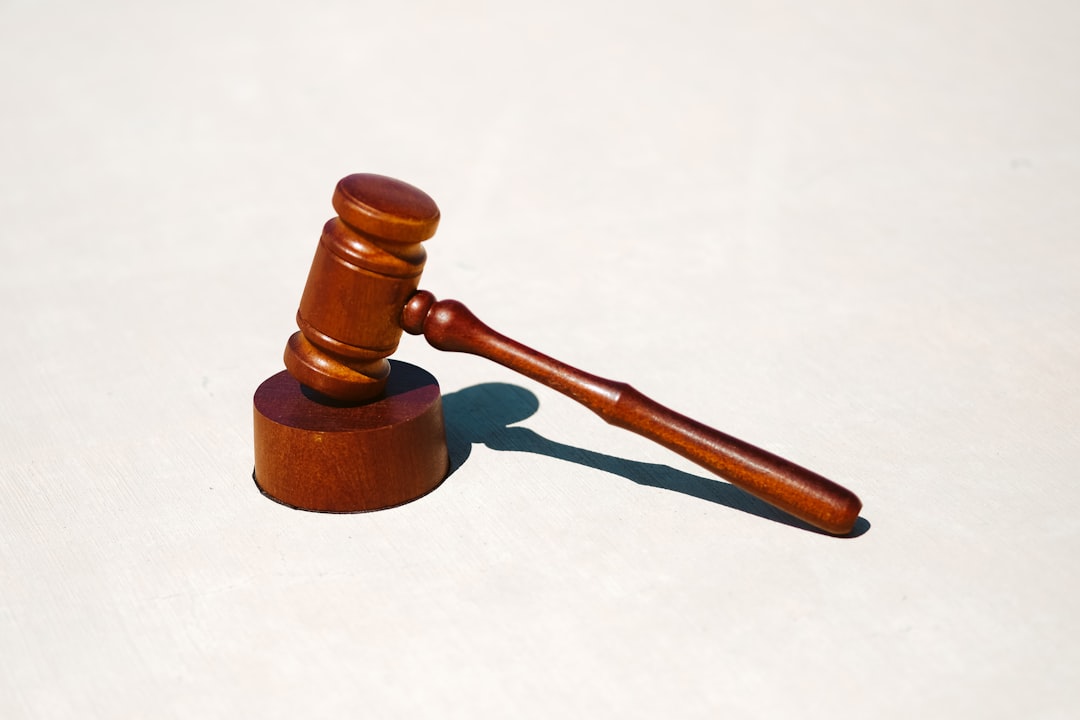In modern law offices, law office equipment plays a pivotal role in efficient case management and client interaction. Essential tools include document management software, high-quality video conferencing systems, printers, scanners, ergonomic furniture, noise-cancelling headphones, high-speed internet, landline telephones, and legal research databases. These technologies streamline workflows, enhance security, ensure compliance, and foster a productive work environment. Advanced conference room setups feature interactive displays, audio-visual systems, and reliable internet connectivity, enhancing collaboration and case preparation. Security measures protect sensitive information and maintain client confidentiality. Law offices also adopt sustainable solutions like energy-efficient technologies and smart conference rooms to reduce costs and promote environmental sustainability.
In today’s digital age, a well-equipped legal conference room is not just a necessity but a competitive advantage. This article explores the essential law office equipment that forms the backbone of efficient legal practices. From understanding the fundamental tools to embracing modern technology, we navigate the landscape of legal conference rooms. Additionally, we delve into creating secure workspaces and sustainable, cost-effective solutions for law offices, ensuring professionals stay ahead in their field.
- Understanding Essential Law Office Equipment
- Modern Technology Enhances Legal Conference Rooms
- Creating an Efficient and Secure Legal Workspace
- Sustainable and Cost-Effective Solutions for Law Offices
Understanding Essential Law Office Equipment
In any modern law office, having the right law office equipment is paramount for efficient case management and client interaction. Essential tools range from robust document management software to facilitate digital filing and easy retrieval, to high-quality video conferencing systems for remote depositions and international client meetings. These technologies streamline workflows, enhance security, and ensure compliance with legal standards.
Beyond software and hardware, basic equipment like reliable printers, scanners, and copiers are indispensable for document preparation and distribution. Ergonomic furniture and noise-cancelling headphones contribute to a comfortable work environment, reducing stress during long hours. Effective communication is also key; this includes high-speed internet connections, landline telephones, and access to legal research databases, enabling lawyers to stay connected, informed, and productive.
Modern Technology Enhances Legal Conference Rooms
Modern technology has transformed the way legal professionals conduct their business, and this evolution extends to the equipment found in conference rooms. Law office equipment is no longer limited to traditional tools like whiteboards and flip charts; instead, advanced technological integrations have become standard features. Interactive displays, for instance, allow for dynamic presentations and real-time collaboration, enabling attorneys and their teams to engage with case materials more effectively.
High-speed internet connectivity and robust audio-visual systems further enhance the productivity of legal conference rooms. With video conferencing capabilities, lawyers can now participate in hearings or meetings remotely, ensuring accessibility regardless of location. These modern additions not only streamline legal practices but also contribute to a more efficient and environmentally conscious law office by reducing travel demands.
Creating an Efficient and Secure Legal Workspace
Creating a productive and secure legal workspace is paramount for any successful law office. Investing in high-quality law office equipment plays a pivotal role in achieving this goal. Modern conference room setups, for instance, should incorporate state-of-the-art technology such as interactive whiteboards, advanced audio-visual systems, and reliable internet connectivity. These tools not only enhance collaboration among legal teams but also ensure efficient case preparation and client presentations.
Security is another critical aspect that cannot be overlooked. Secure video conferencing solutions, encrypted data storage, and access control measures are essential to protect sensitive case information. By integrating these features into their workspace, law offices can maintain the confidentiality of their clients and comply with legal privacy standards, fostering an environment conducive to focused work and robust legal strategies.
Sustainable and Cost-Effective Solutions for Law Offices
Law offices, much like any other professional setting, require robust and reliable equipment to facilitate smooth operations. However, traditional legal conference room gear can be both expensive to purchase and maintain. To address this challenge, there’s a growing trend towards adopting sustainable and cost-effective solutions for law office equipment. One such solution is the shift towards energy-efficient technologies that reduce power consumption and minimize waste, contributing to environmental sustainability while lowering operational costs.
These innovative options include smart conference room systems with integrated sensors that automatically adjust lighting and temperature settings based on occupancy. Additionally, digital presentation tools and collaborative software enable efficient virtual meetings, reducing the need for physical spaces and associated equipment. By opting for these sustainable alternatives, law offices can not only contribute to a greener environment but also enjoy long-term savings on their equipment expenses.
Law office equipment plays a pivotal role in enhancing productivity, security, and sustainability within legal conference rooms. By embracing modern technology, law offices can transform their workspaces into efficient, secure, and cost-effective environments. From understanding essential law office equipment to implementing sustainable solutions, these strategies ensure that legal practices stay competitive and meet the evolving demands of the digital era.
